The action begins at 6 a.m. in a Burnaby warehouse, home to the largest flower auction in North America.
There is a quiet intensity as over a dozen buyers file into their seats wearing caps and jackets, hoodies and sweatpants. They sip from their water bottles and Tim Hortons cups as they open their laptops to log into the auction software. Adapters dangle from their USB ports so they can plug Ethernet cables into the jacks at each table.
The bidders in the warehouse are competing against some 200 others who’ve also woken up at the crack of dawn, but are tuning in from home. It’s recommended that they too rely on a wired connection because the latency of Wi-Fi could cost them their winning bid. The bidders who have shown up in person are mostly Americans who’ve brought their trucks with them to take the product back to Washington state. These bidders are big buyers, stocking the warehouses that service corner stores, florists, garden centres and grocery chains. The busiest holiday of the year for flower sales is about a week away: Mother’s Day.
The auction is hosted by the United Flower Growers Co-operative Association, celebrating its 60th anniversary this year. It was founded in 1963 by six growers, a number that has bloomed to 90. The auction is Dutch style, a nod to the heritage of the original growers. Instead of the price going up with each bid in an English auction, the starting price of a Dutch auction goes down with inaction until there is a bid. That buyer is automatically the winner, avoiding bidding wars. Pre-bidding is also possible, saving wedding suppliers from the worry of losing a colour or variety they’ve promised a couple.
At the co-op, four auctions usually happen at once. At the front of the room, four large monitors display an image of the flowers currently up for bid beside a queue of the upcoming products available. Above each is another large monitor with a digital clock counting down in milliseconds, because that’s how fast the flowers and other plants can sell.
On the screens are lots of potted basil, miniature roses, white and yellow tarragona lilies and stems of matthiolas with clusters of pink and purple flowers — all gone in an instant.
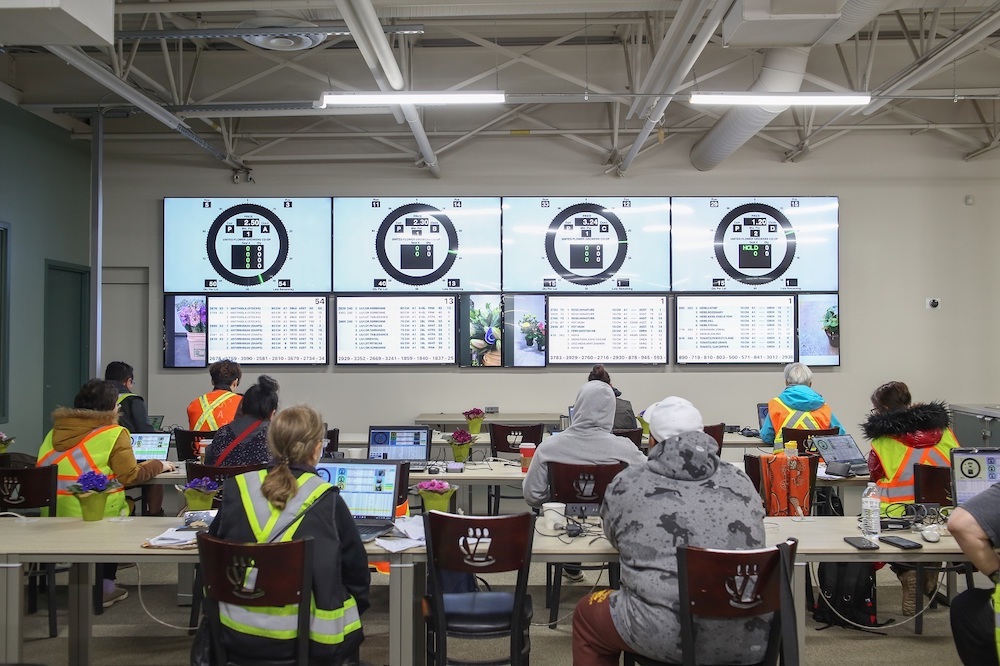
‘The Silicon Valley of flowers’
The co-op is the centre of a hub for the floral industry that has grown along Marine Way near Boundary Road. The co-op’s 90 growers from the Fraser Valley and Vancouver Island bring their product here. Within the hub are flower distributors and wholesalers as well as trucking companies with refrigerated fleets.
“It’s kind of become the Silicon Valley of flowers,” says Michel Benoit, the co-op’s CEO. “With as many growers as we have, we have the ability to get the products in the hands of consumers without a whole bunch of intermediaries and delays.... You’ll find an incredible concentration of customers within the 20-kilometre radius.”
The flower market is emerging from the pandemic in a new landscape. The initial lockdown in March 2020 was a “disaster” for florists, says Benoit. But when shops and services opened up again, business boomed.
“People were locked at home, they didn’t have anything to do, so they wanted to be surrounded by beautiful flowers and plants.... I think what happened with COVID is that it created a really well-educated flower and plant consumer out there.”
For years, the co-op’s customers would show up in person. There is a gallery at the warehouse with elevated theatre seats, facing a stage where wagons of flowers and plants were paraded along tracks in the floor.
“It was pretty darn cool,” says Benoit. He points to the giant clocks that once watched over years of flower sales, now decommissioned and kept as decorations in the warehouse, as well as an old photo on the wall that shows the calculator-like keypads affixed to desks in the gallery used for placing bids.
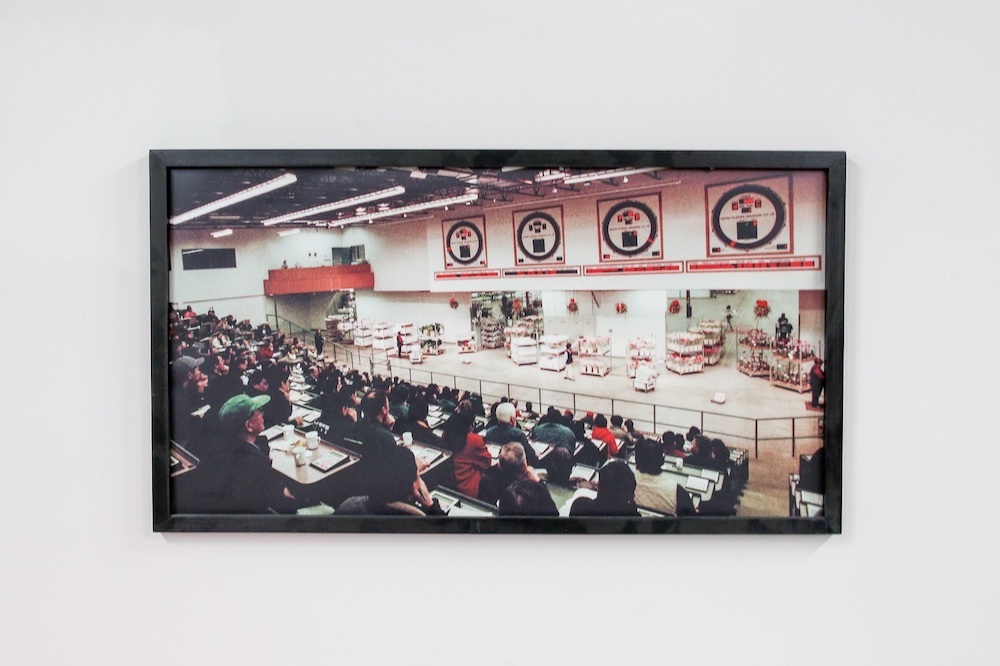
About 15 years ago, the co-op developed its own auction software that allowed customers the option to buy remotely. When the pandemic hit, they were well-positioned to take operations completely online.
“We never skipped a beat,” said Benoit, noting that there are four full-time IT staff at the co-op who continue to develop the software. An app is in the works for growers to upload their product sheets with fresh pictures. Next month, Benoit is off on a European tour of flower auctions to see if there are lessons he can bring back.
Of co-ops and climate change
United Flower Growers is a rarity when other farmer and grower co-ops with long legacies like Dairyland and Abbotsford Growers have become for-profit organizations.
In 2015, the growers behind the co-op decided to launch their own for-profit company alongside the auction. That company, called United Floral, operates out of the same space, a wholesaler that sells local and imported flowers alongside wedding displays and supplies for arrangements, intended to be a one-stop shop for small businesses.
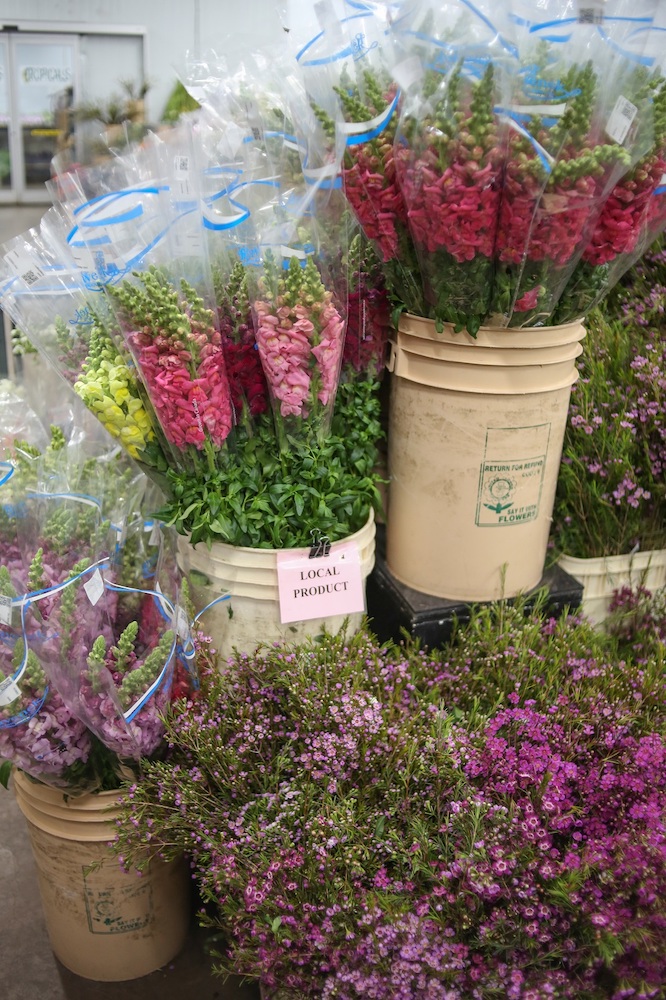
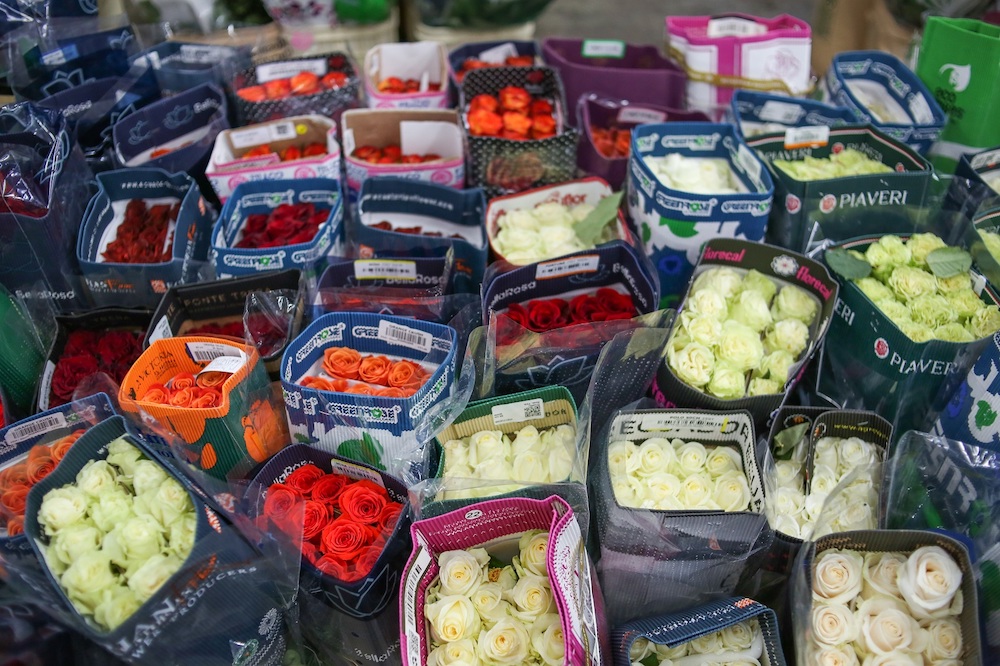
For the entire floriculture industry, there’s a crisis that becomes all the more apparent with holidays like Mother’s Day when harvests are delayed: climate change.
“It’s been a real challenge in the last five years or so,” said Benoit. “Our springs and winters have been colder and so it’s delayed the product availability that we have.”
Tulips have been late for a few years. A lily grower used to ship large quantities in mid-April, but last year, struggled to have them ready for Mother’s Day. This year, the first of them arrived at the co-op on May 4.
“Then when we get into summertime, we have such intense heat and dry weather that growers that used to be able to grow without irrigation are now forced to install irrigation.
“So it’s definitely challenging. Heat domes, arctic outflows — they’re just getting more and more extreme.”
Mother’s Day madness
The auction foyer is on the second floor of the warehouse. As soon as someone wins a bid, the information is printed on tags on the main floor, where staff begin grouping wagons of sold product for each customer to pick up. The tall, multi-tiered tracking wagons are heavy but nimble, capable of sharp turns. A sign above reads “CAUTION, WAGON ADVANCING AREA, CRUSH HAZARD!”
The flowers are kept in coolers before taken out on the warehouse floor to be sorted for customers. But because there’s so much product in advance of Mother’s Day, a beast of an industrial air conditioner has been brought in, with giant yellow ducts snaking down the length of the space, gushing cool air to keep the flowers fresh. There is likely no better-smelling warehouse in the region.
“It’s quite amazing that the co-op has created the dynamic in the Lower Mainland that you don’t find in many other North American cities,” says Benoit.
“Because the florists and other people can buy grower-priced [products], it’s allowed most of our corner stores in the Lower Mainland to offer flowers for sale…. You will see some corner stores that have 30, 40 per cent of their space dedicated to flowers. In fact, some of them have gone 100 per cent flowers. You’ll see flowers in the milk cooler. And in the yogurt cooler, they will have some plants. It’s a pretty unique environment that we have.”
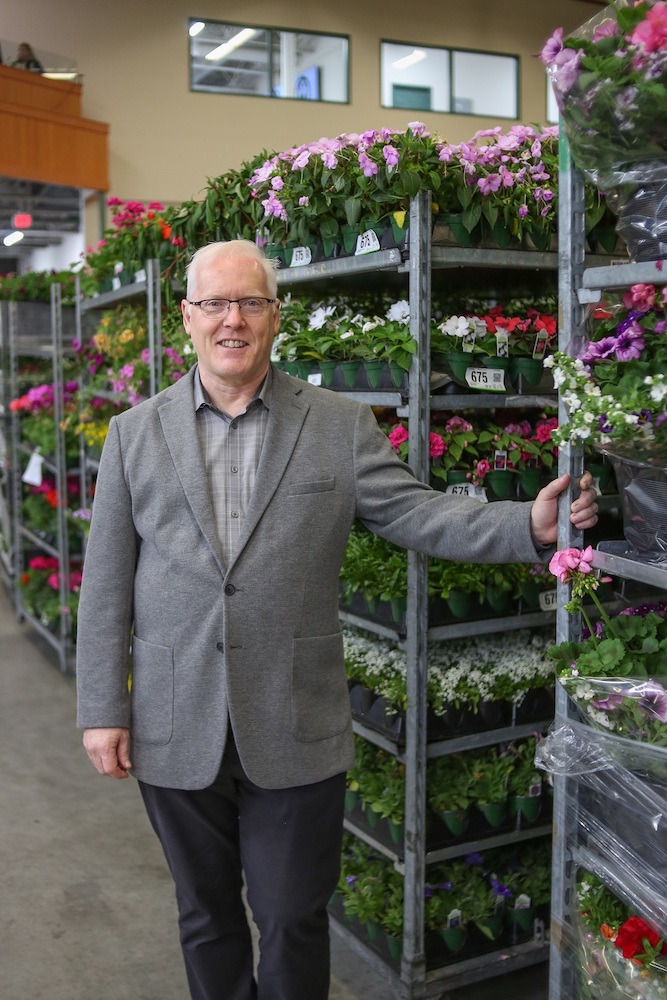
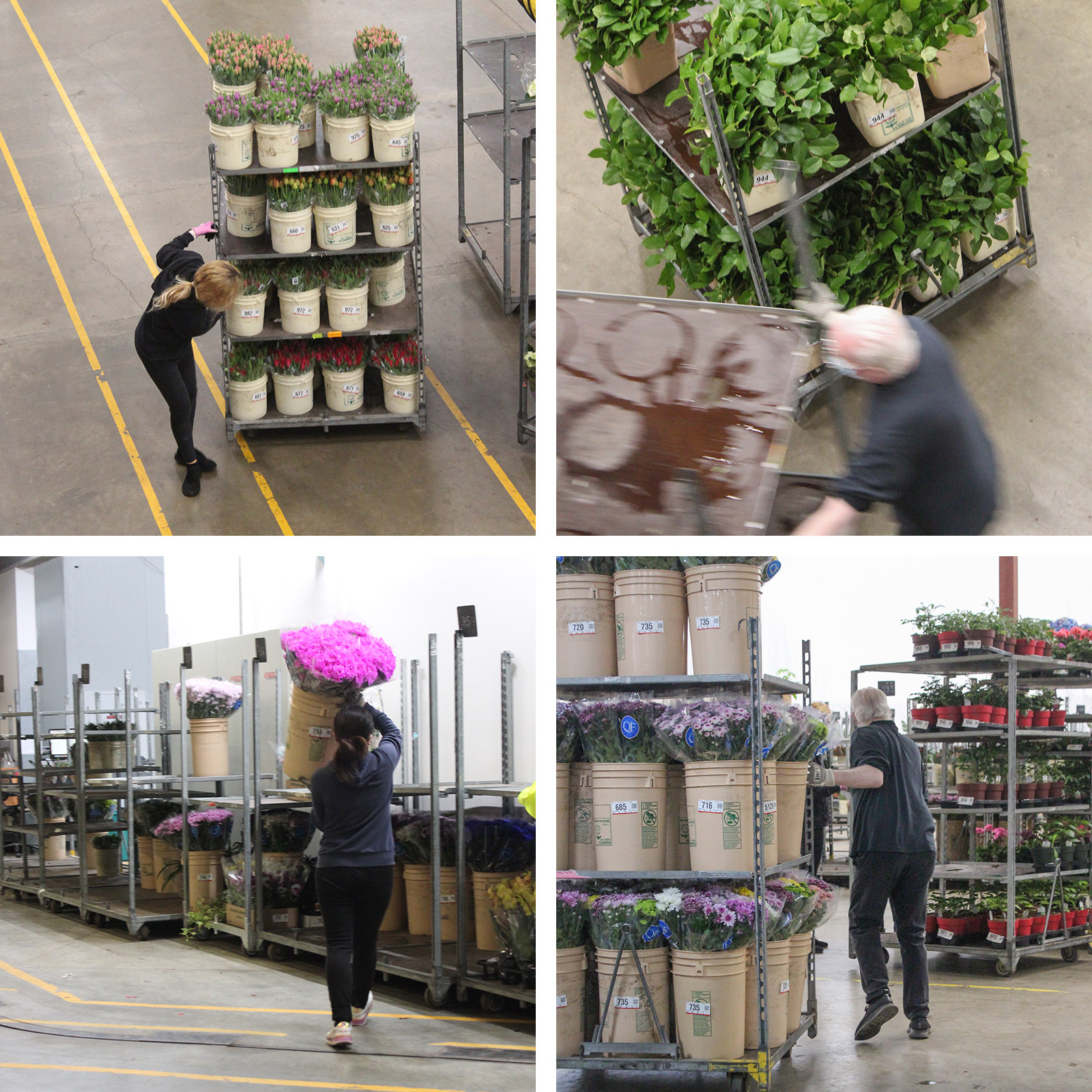
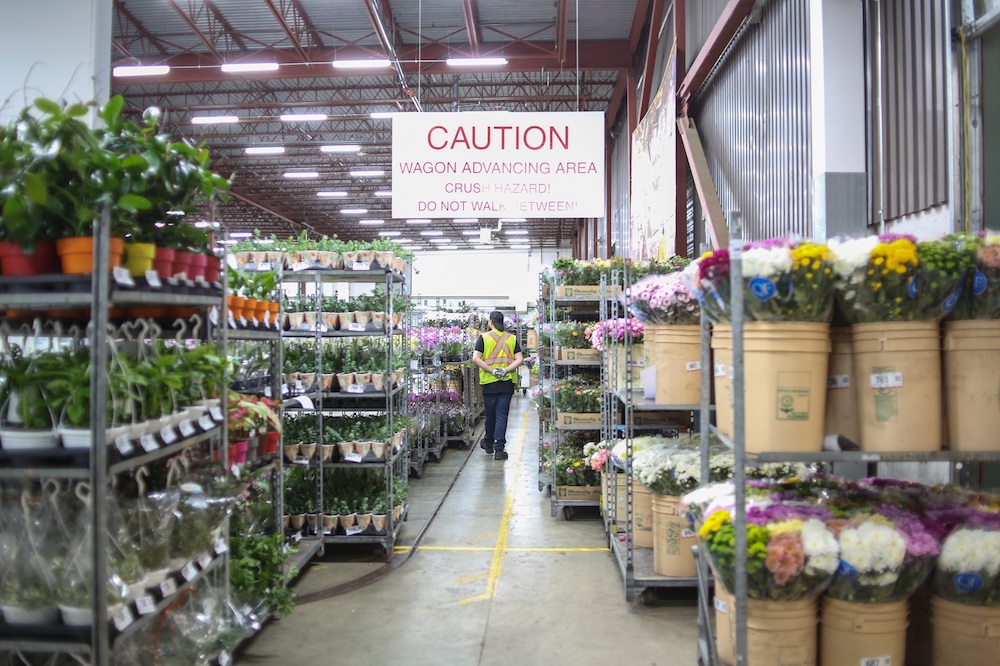
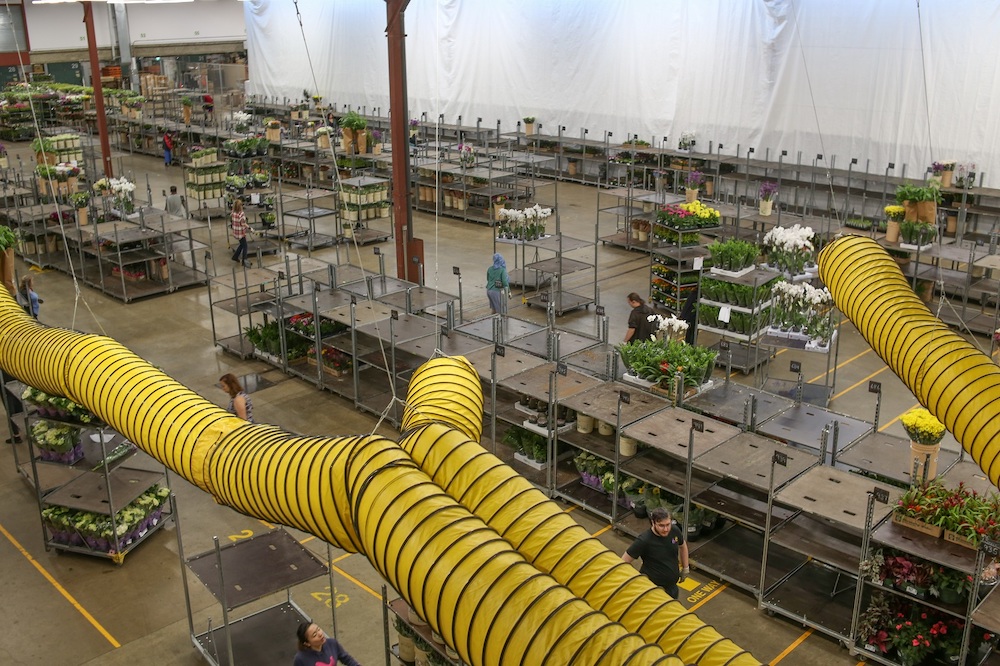
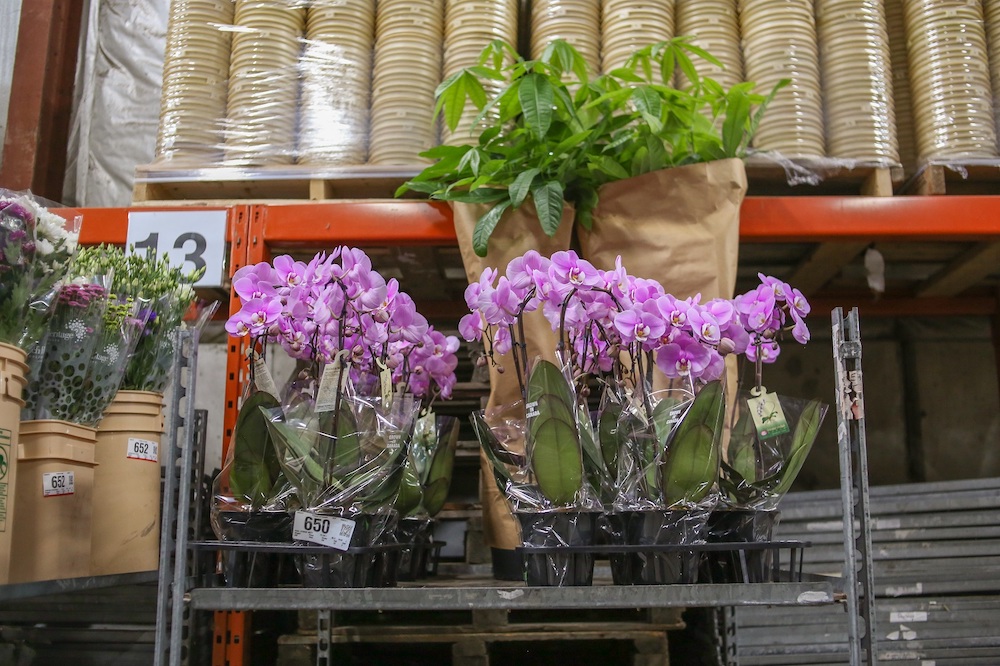
As the trucks are loaded in the bay, the flowers are off to stores as far as the prairies and the Seattle area. But the majority of the local product stays in the local market, where they’ll be picked up from the sidewalks of corner stores, off the shelves at garden centres and with the groceries at supermarkets.
Come Mother’s Day, someone special will be receiving the orchids, lilies and mums that passed through the co-op warehouse, sold at the click of a button. ![]()
Read more: Labour + Industry, Environment




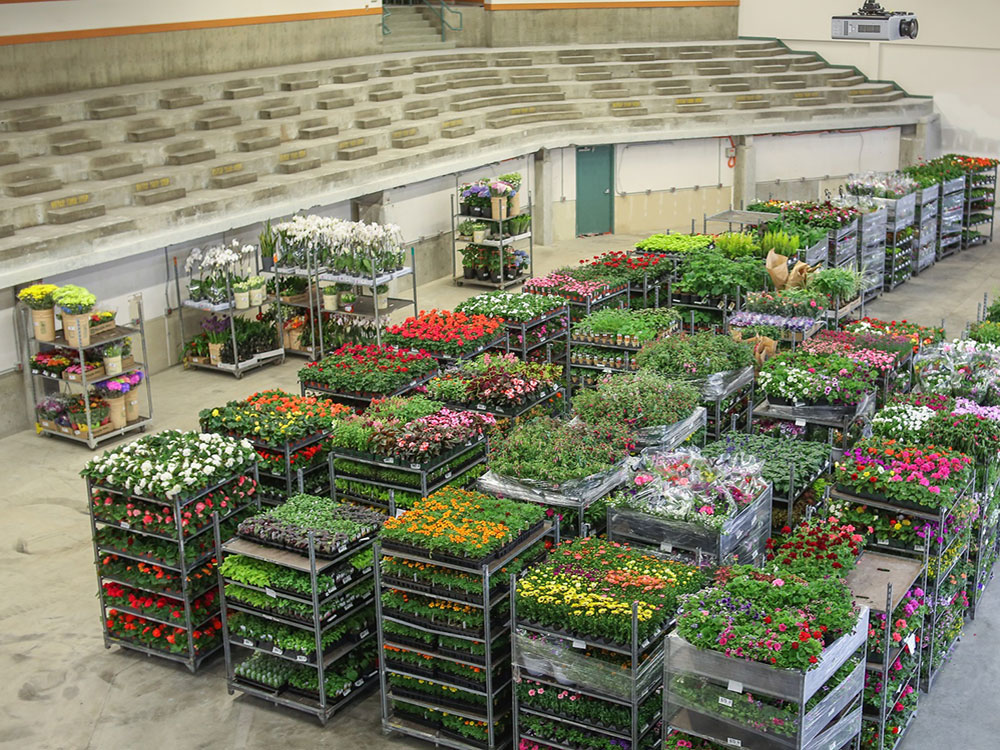












Tyee Commenting Guidelines
Comments that violate guidelines risk being deleted, and violations may result in a temporary or permanent user ban. Maintain the spirit of good conversation to stay in the discussion and be patient with moderators. Comments are reviewed regularly but not in real time.
Do:
Do not: